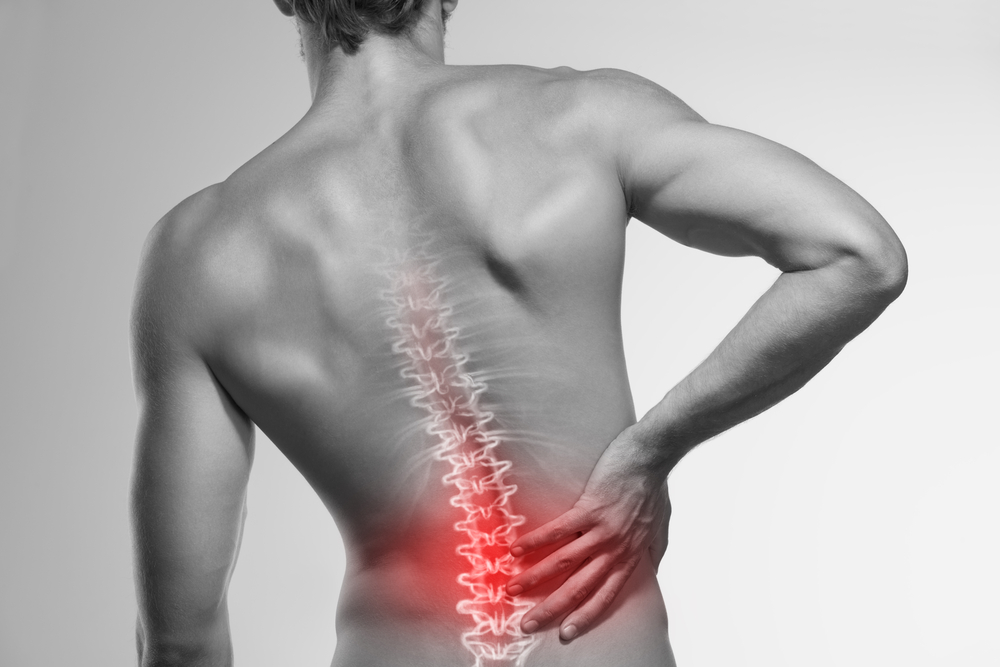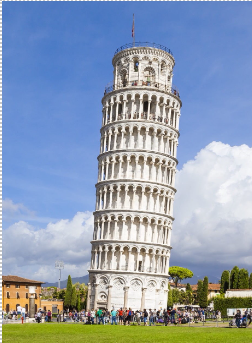Antalgia
My back’s leaning to one side, help! I can’t straighten up.
Is your back bent to one side or forward and you can’t straighten, perhaps with acute back pain? This is called ‘antalgia’, a noun coming from two words in Latin: ant- ‘away from’ and algia ‘pain’; literally, ‘away from pain’. It is a protective reaction of the body. We are often not even aware we are leaning or pulling over until someone points it out to us, or we see our ourselves in the mirror.
Protecting ourselves from injury
It’s natural that the body wants to protect an injured area. If we’ve cut our hand, for example, we may avoid using that hand in any way that is painful or may cause the cut to worsen. We may even tense somewhat, as a reaction, such as guard the arm and shoulder. Of course, this is only temporary and as soon as the cut heals we’ve usually forgotten and go back to using our hand normally. With a back injury it’s similar, except it’s a more unconscious reaction.

Antalgic Lean or List
A list is a nautical term, describing a boat leaning to one side. The term has been applied to describe the body leaning or bending forward as a subconscious response to an injury or strain in order to prevent pain, further damage or injury. It’s a natural reaction and if we try to force straightening, often it’s too painful! It is often associated with acute (short-term) muscle spasm.
Pisa Sign
Sometimes an antalgic list is called a Pisa sign, but this can be applied to rare chronic fixed postural deformities that occur with neurological conditions such as Parkinson’s disease.
‘Wry’ Neck (torticollis)
A ‘wry’ neck or Temporary Torticollis is often due to muscle spasm and, whilst very worrying, usually settles in a few days. The most common reported onset from clients is that they feel they have slept wrong and woken up with their head locked to one side. It is often a muscle spasm from an injury a few days or a week earlier and can also relate to an ear infection, a cold, or flu with swollen lymph glands.


Fixed torticollis
A fixed or permanent torticollis is very rare, due to faulty muscular or bone structure, or Klippel-Feil syndrome, a rare form of congenital wry neck.
Spasmodic Torticollis or Cervical Dystonia
The neck muscles contract in spasms and the head twists or turns to one side, or forward or backward. It can be painful, or just a jerk. This is a rare condition.
Is my Antalgia permanent, or will it go away?
Almost certainly yes, it will go away! Even if it doesn’t feel like it at the time. Please don’t worry. The most common cause of this condition is due to a protective muscle spasm and that usually disappears gradually once the muscles release and the acute inflammation at the site of the injury or strain reduces.
Antalgia is commonly not as severe as it feels or looks
If you have had no major trauma and have no medical symptoms, it is not to be worried about.
It usually settles fully once the back muscles have relaxed.
Permanent Antalgia
Whilst Antalgia is considered in the medical world as a temporary state, which is self-righting, just as a boat will right in calm waters or when the load is balanced, there are times when it can be more permanent.
Very occasionally, if the Antalgia is there for a long time and doesn’t settle, the muscles in the spine adapt to the new position or shape which then becomes more ‘normal’ so the distortion in the spine remains, as it does with a scoliosis.
One of the reasons why it is usually best to seek treatment as soon as possible if an Antalgia occurs is to help the muscles rebalance as soon as possible.
Antalgia – Do’s & Don’ts
Do help the muscles to relax, with gentle movement and exercise.
Do seek Chiropractic treatment to help relax the deep muscle spasm and to release stiff joints.
Please Don’t force yourself to try and straighten up!
This might worsen the condition, make it take longer to get right and cause you a lot more pain.
Above all, don’t panic or worry it’s something more serious! It’s usually not.
Other causes of Antalgia
A musculoskeletal spinal strain is the most common cause. Antalgic list or leans however may be due to other conditions such as sciatica, from disc injury, fractures or rarely from other medical conditions such as spinal infections, TB, and Cancer.
Scoliosis a curve in the spine, not antalgia
Scoliosis is a curve from an imbalance in the spine for various reasons. Usually, scoliosis develops as we grow and then remains during our adult life, but is mostly not painful, so cannot really be called Antalgia (even though there is a permanent list or twisting of the spine, like a tree that has grown twisted). In fact, there are very few of us who have perfectly shaped spines, but since they are not painful we are not aware, unless we have an injury…
If you have any doubts, please get in touch with us at the Back Care Clinic as soon as possible.